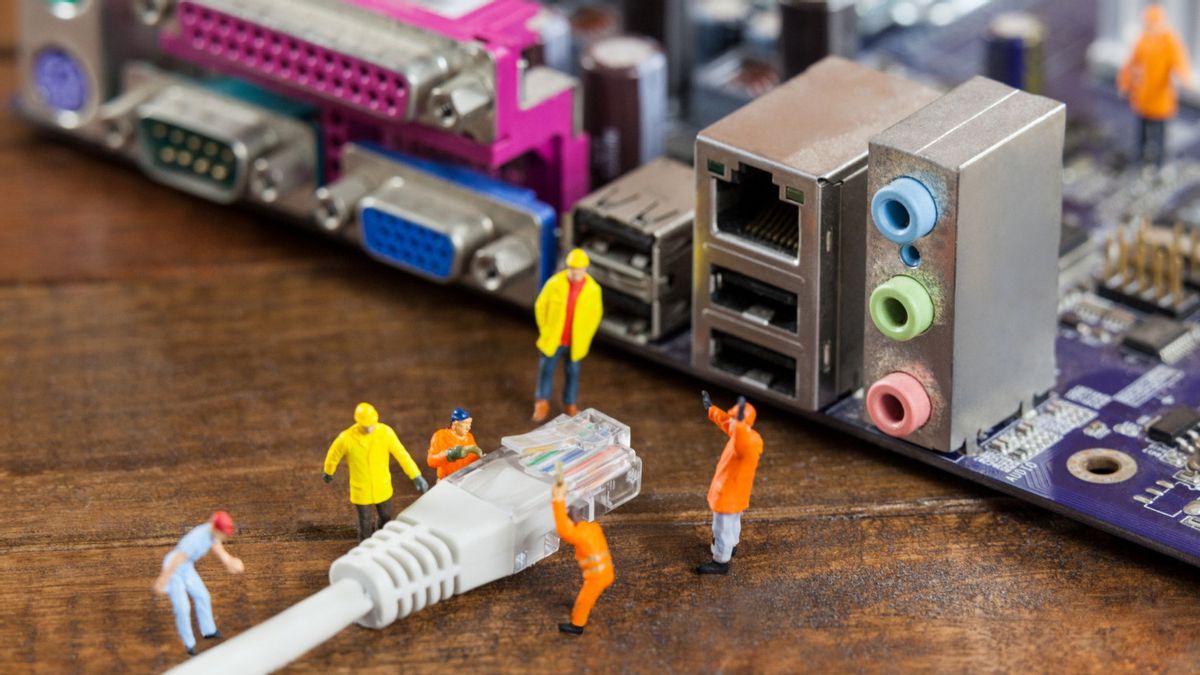YOGYAKARTA - Many people think that hubs and switches on computer networks are the same two things. These two devices are needed so that each computer device can communicate with each other to access data and resources. However, there are differences in hubs and switches that you need to know.
Differences in hubs and switches are found in features to implement them. Indeed, in terms of function, both are almost the same, but the way it works is different. What are the differences between hubs and switches?
Hubs are devices that work to deliver, spread, or transmit data to each node (computer device) in a computer network. Hubs are used to connect LAN segments. In hubs there are various ports. The function of hubs is to be a point of general connection for network devices.
While the switch is a computer network device that connects various joint devices on a computer network. Switch is used to reduce information in the form of electronic data transferred via the network. This linking process can be called bridging, so the switch is also commonly called a bridging device.
Differences in hubs and switches can be seen from how data transmits. Differences in terms of data transmission are related to differences in terms of network architecture. In hub devices, the data received will be directly transmitted to each node in the network.
Switch devices do not have the ability to select or choose nodes as data recipients. If you have four nodes or computer devices in one network, for example, they are symbolized A, B, C, and D. Then if the data is sent from computer D, the Hub will immediately copy and send it to the computer B, C, and A.
Unlike transmission on switch devices, which are equipped with the ability to select or select nodes as data recipients. So when the switch receives data, the user can choose which node is intended to receive data.
The next difference between Hub and Switch technology is the network architecture in the Open Systems Interconnection (OSI) standard. Hubs in OSI are categorized as devices operating in the physical layer (Physical Layer).
In the OSI network architecture, the Physical Layer is the lowest layer. The hub device, operating in the physical layer, has a role to transmit data in bit format (binary numbers 1 and 0) directly to the nodes in the computer network.
While the switch device in OSI is categorized as a device operating in the data matching layer ( Link Layer Data). The position is one level higher than the Hub. Switch as a device in the Link Layer Data can first unify bit data. Once the data is unified, the Switch can transmit it according to the address of the node in the network or MAC Address (Media Access Control Address) selected by the user.
The number of ports in hubs and switches is also different. In terms of physical form, usually hubs have 4 to 12 ports or connection lines. While the Switch usually has more number. The number of ports in the switch can be between 24 to 48 ports.
Another difference between hubs and switches is also at the price. Switch devices generally have a higher price than hubs. Switches are more expensive because they are smarter or more sophisticated than hubs. Switch can select or choose the flow of data transmission.
Such is the review of differences in hubs and switches as devices that connect several PCs to one network via port. Although the function is similar, both of them have differences in terms of how data transmission, network architecture, port number, and price.
Stay up to date with the latest domestic and other overseas news on VOI. You present the latest and most updated nationally and internationally.
The English, Chinese, Japanese, Arabic, and French versions are automatically generated by the AI. So there may still be inaccuracies in translating, please always see Indonesian as our main language. (system supported by DigitalSiber.id)













